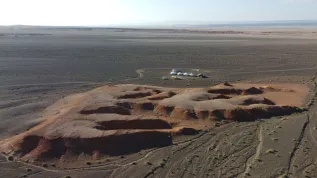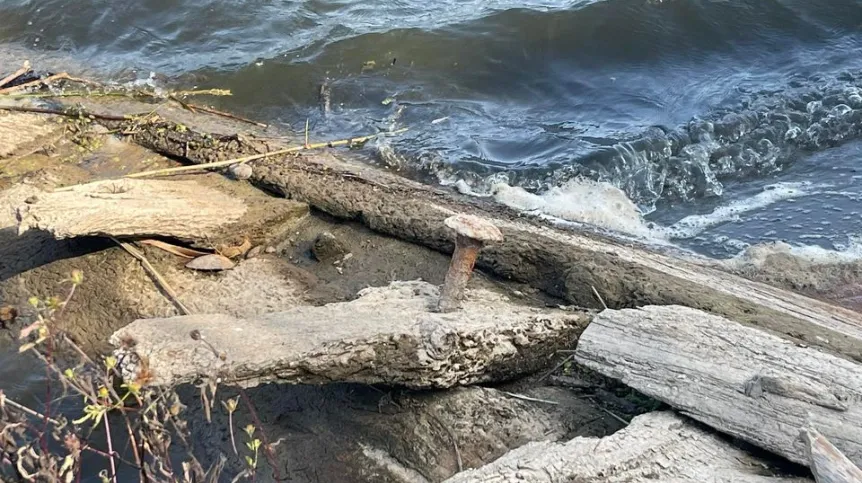
Remains of a boat estimated to be at least from the period of the Deluge have been found near Łomianki Dolne near Warsaw.
The object had been observed for several years, but only now have the finders notified the Mazovian Voivodeship Conservator of Monuments. The photos and information about the find were collected by representatives of the Triglav Exploration and Search Group.
'The skeleton, frames, as well as other metal parts of this vessel indicate that it dates back at least to the Deluge; it could be even older', Robert Wyrostkiewicz from Pogotowie Archeologiczne tells PAP.
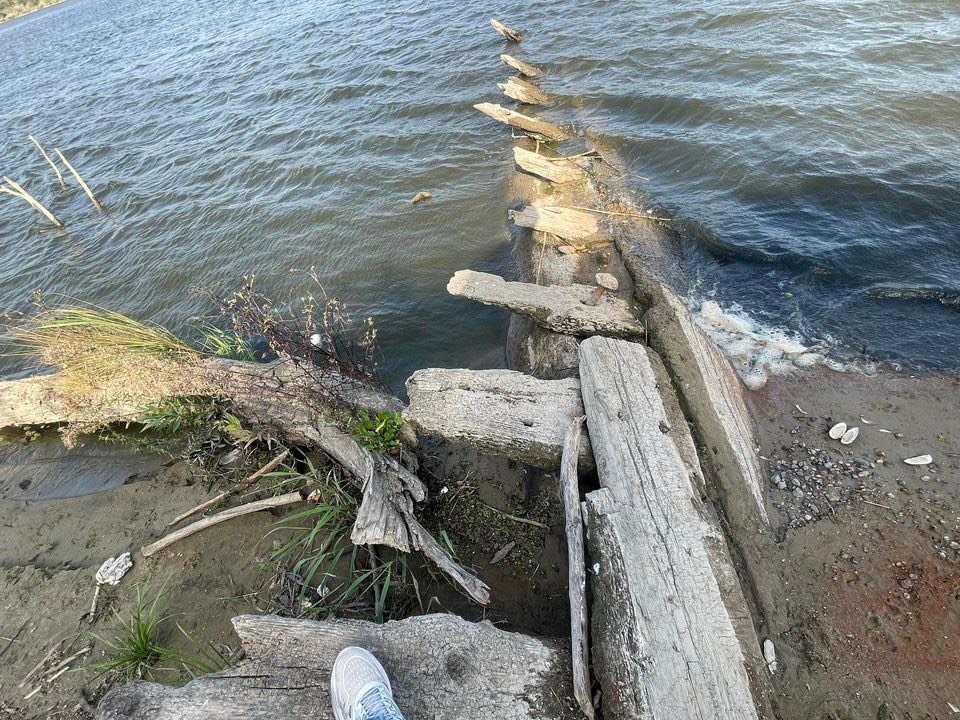
The finders documented, among other things, traditionally forged large horseshoe nails. The boat was probably a flat-bottomed barge with one sail, used to transport goods.
According to the archaeologist, the vessel may have been up to 30 meters long. 'We do not know how much of it remains embedded in the riverbed. This uncovered part may be best preserved - due to the anaerobic conditions prevailing at the bottom. There may be a chance of finding cargo. Maybe salt or other goods were transported on it', Wyrostkiewicz says.
During flat, windless weather, such boats were manually propelled by raftsmen. According to the archaeologist, up to 20 of them could have worked on such a large boat.
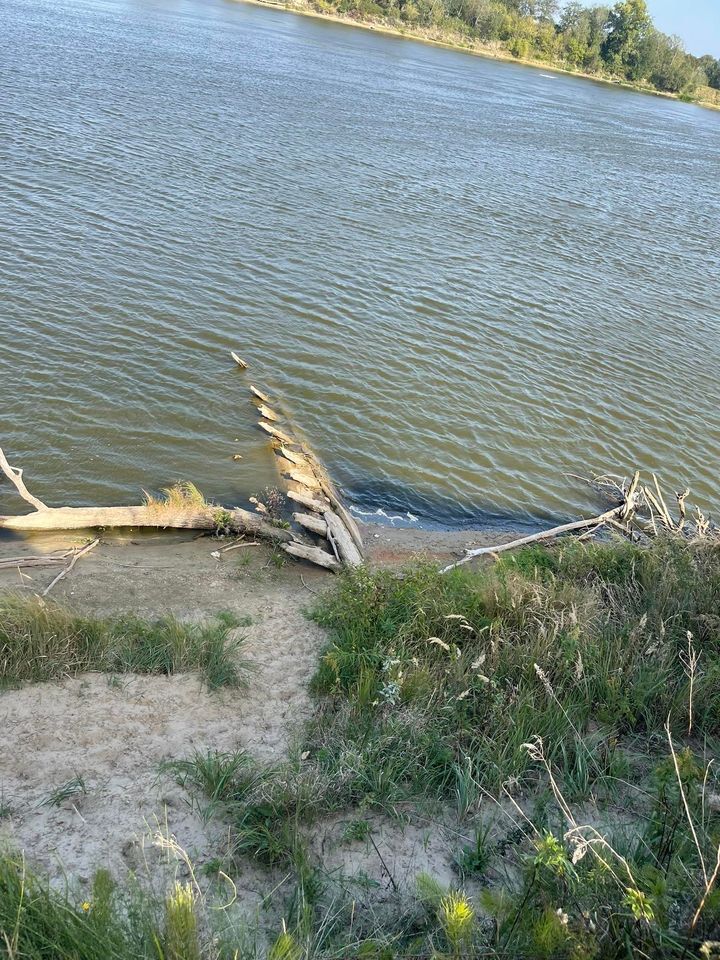
For now, it is impossible to conduct an on-site archaeological inspection, because the level of the Vistula has risen. 'We now have to wait until the water drops again', Wyrostkiewicz says. (PAP)
PAP - Science in Poland
bar/ wus/ kap/
tr. RL
Gallery (10 images)
-
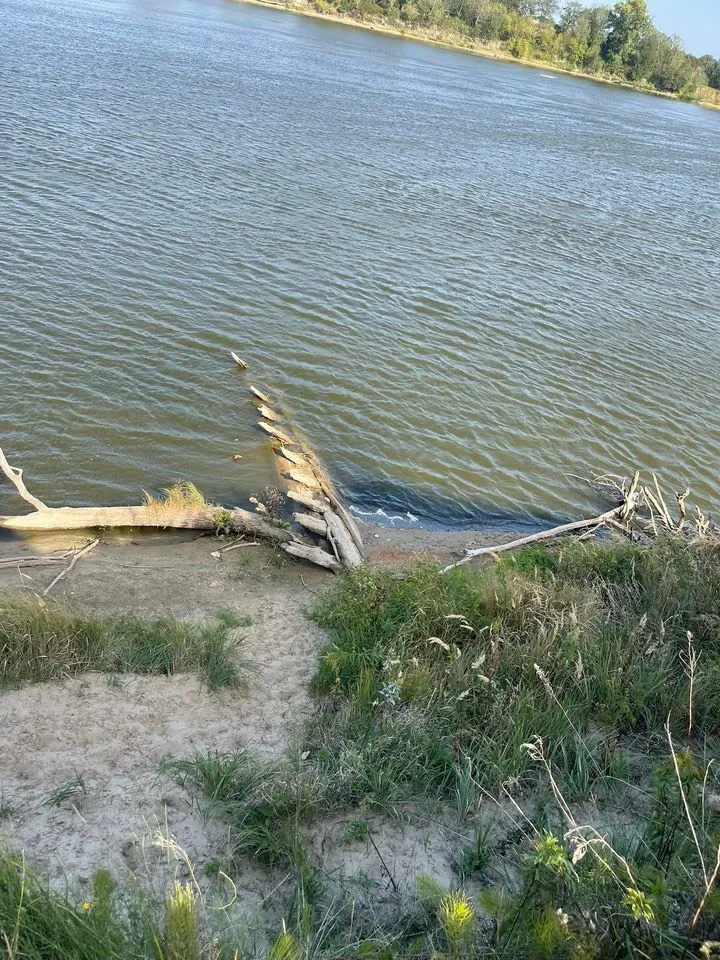 1/10Credit: Robert Wyrostkiewicz/ Pogotowie Archeologiczne
1/10Credit: Robert Wyrostkiewicz/ Pogotowie Archeologiczne -
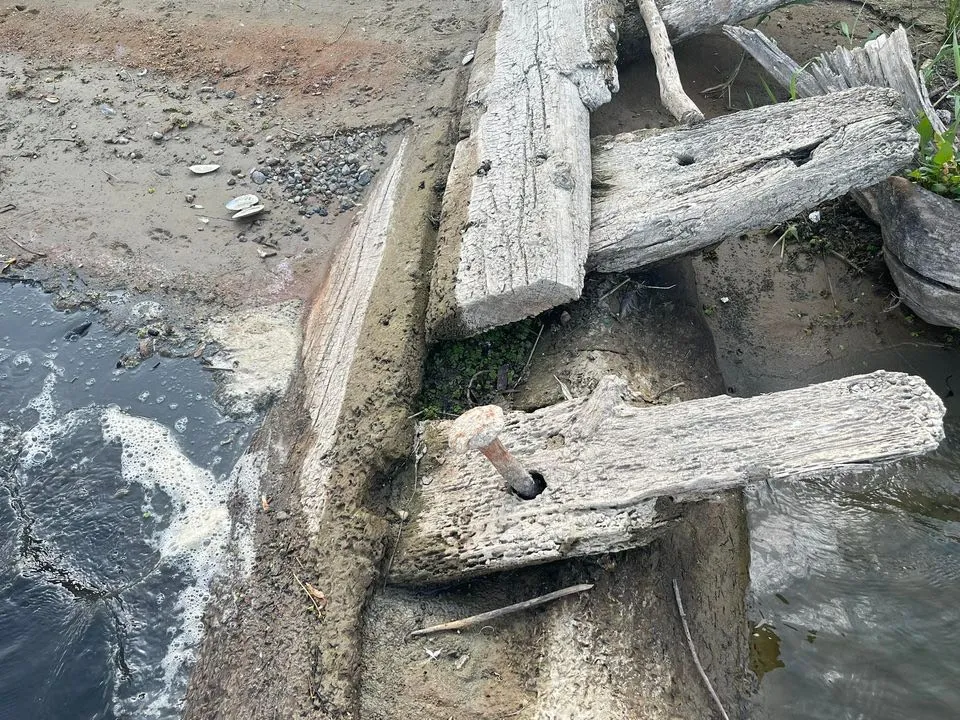 2/10Credit: Robert Wyrostkiewicz/ Pogotowie Archeologiczne
2/10Credit: Robert Wyrostkiewicz/ Pogotowie Archeologiczne -
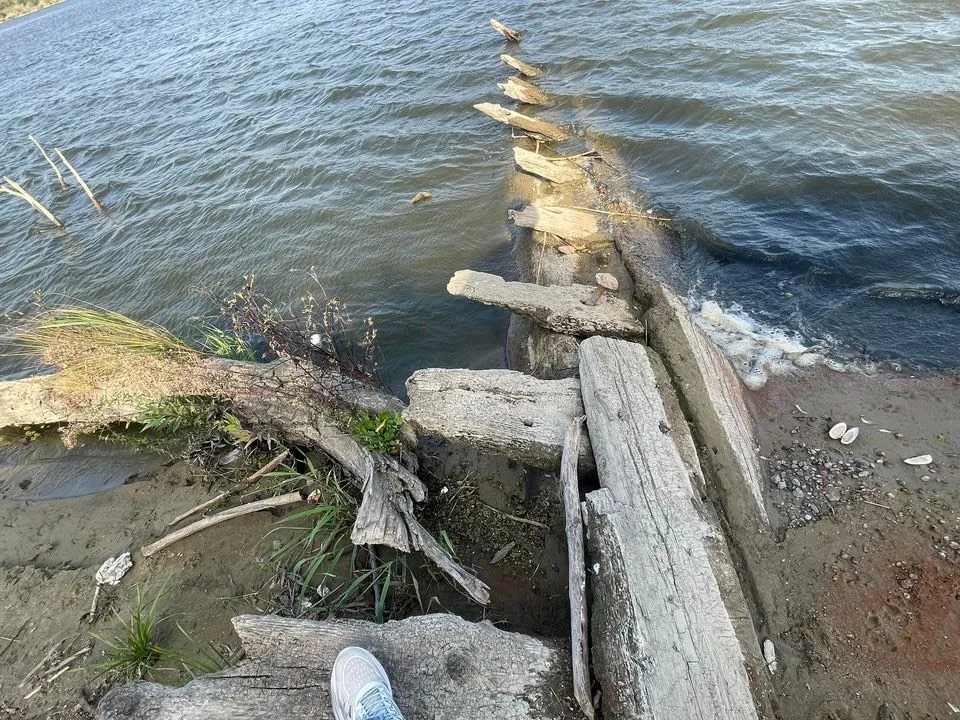 3/10Credit: Robert Wyrostkiewicz/ Pogotowie Archeologiczne
3/10Credit: Robert Wyrostkiewicz/ Pogotowie Archeologiczne -
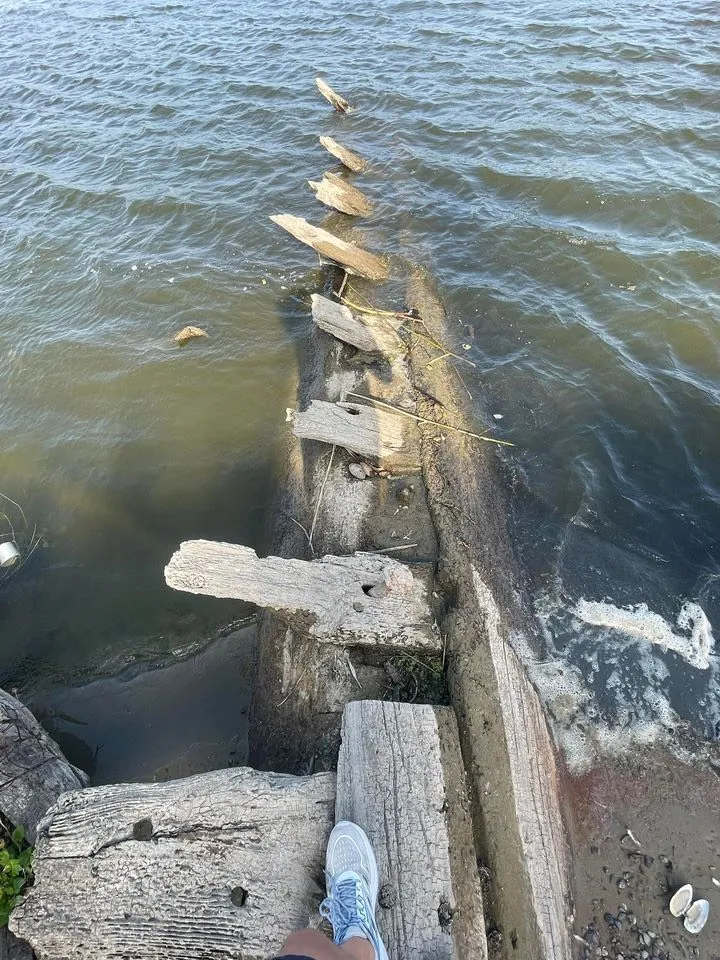 4/10Credit: Robert Wyrostkiewicz/ Pogotowie Archeologiczne
4/10Credit: Robert Wyrostkiewicz/ Pogotowie Archeologiczne -
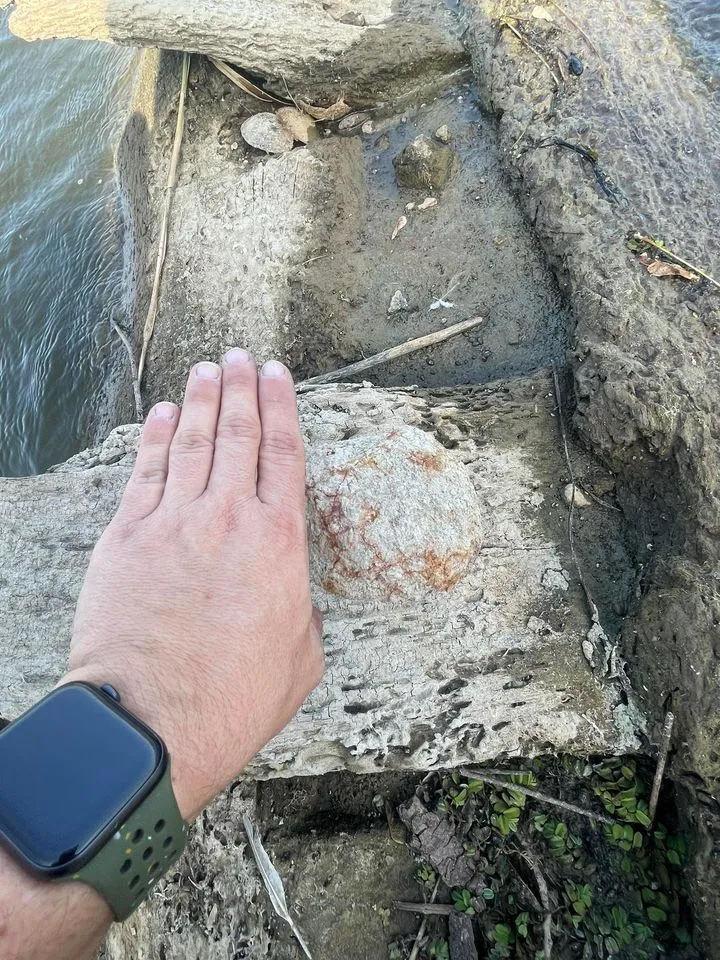 5/10Credit: Robert Wyrostkiewicz/ Pogotowie Archeologiczne
5/10Credit: Robert Wyrostkiewicz/ Pogotowie Archeologiczne -
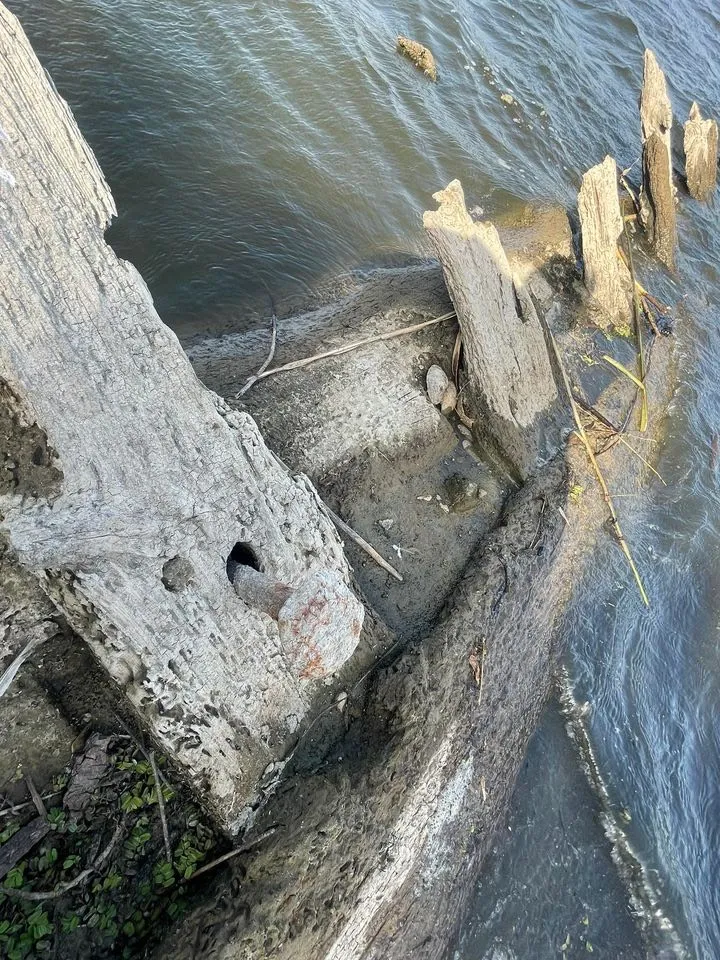 6/10Credit: Robert Wyrostkiewicz/ Pogotowie Archeologiczne
6/10Credit: Robert Wyrostkiewicz/ Pogotowie Archeologiczne -
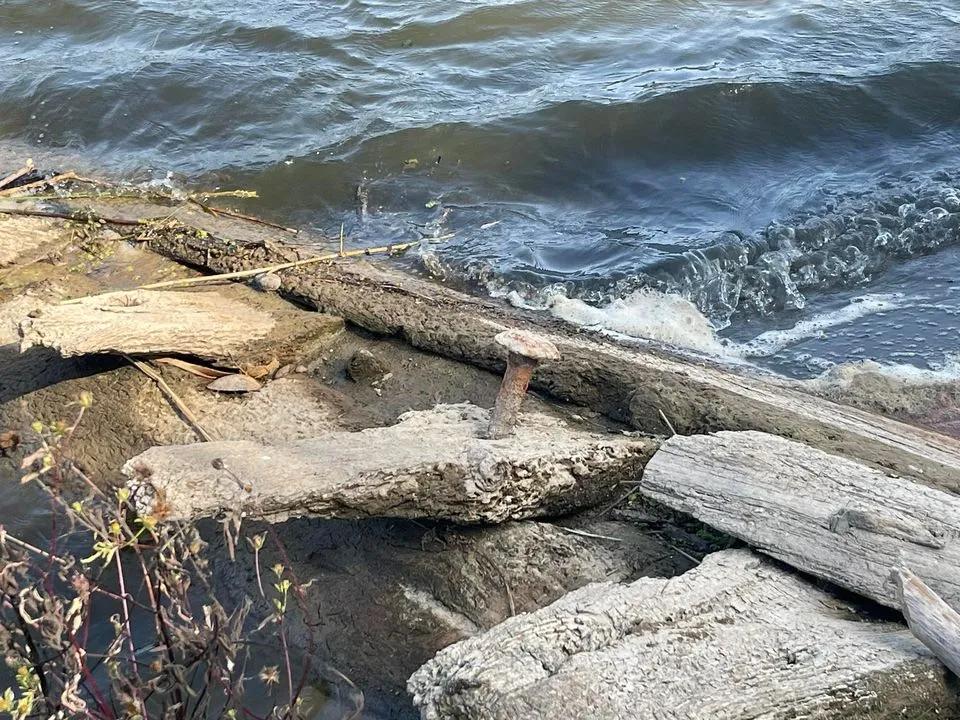 7/10Credit: Robert Wyrostkiewicz/ Pogotowie Archeologiczne
7/10Credit: Robert Wyrostkiewicz/ Pogotowie Archeologiczne -
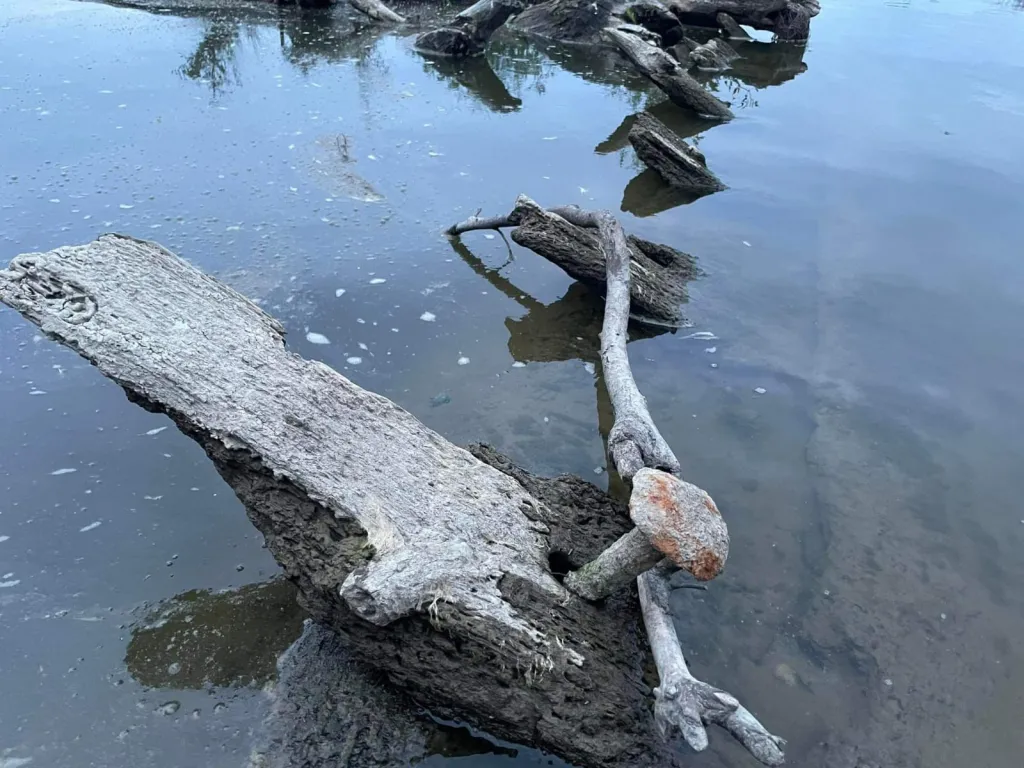 8/10Credit: Robert Wyrostkiewicz/ Pogotowie Archeologiczne
8/10Credit: Robert Wyrostkiewicz/ Pogotowie Archeologiczne -
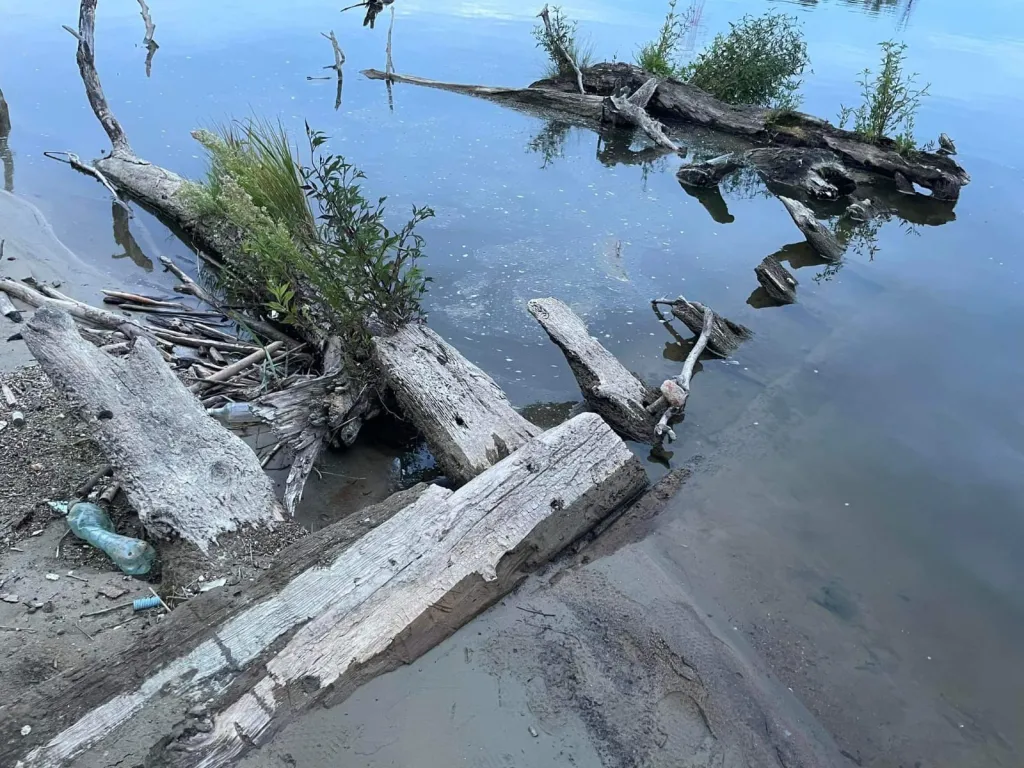 9/10Credit: Robert Wyrostkiewicz/ Pogotowie Archeologiczne
9/10Credit: Robert Wyrostkiewicz/ Pogotowie Archeologiczne -
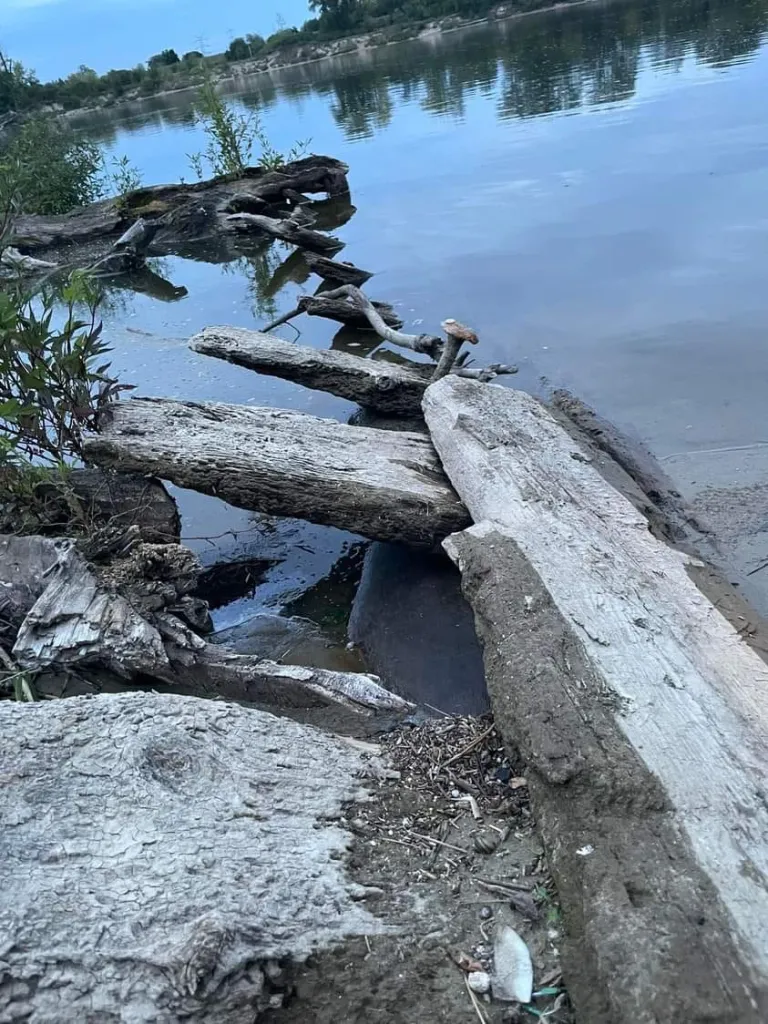 10/10Credit: Robert Wyrostkiewicz/ Pogotowie Archeologiczne
10/10Credit: Robert Wyrostkiewicz/ Pogotowie Archeologiczne


